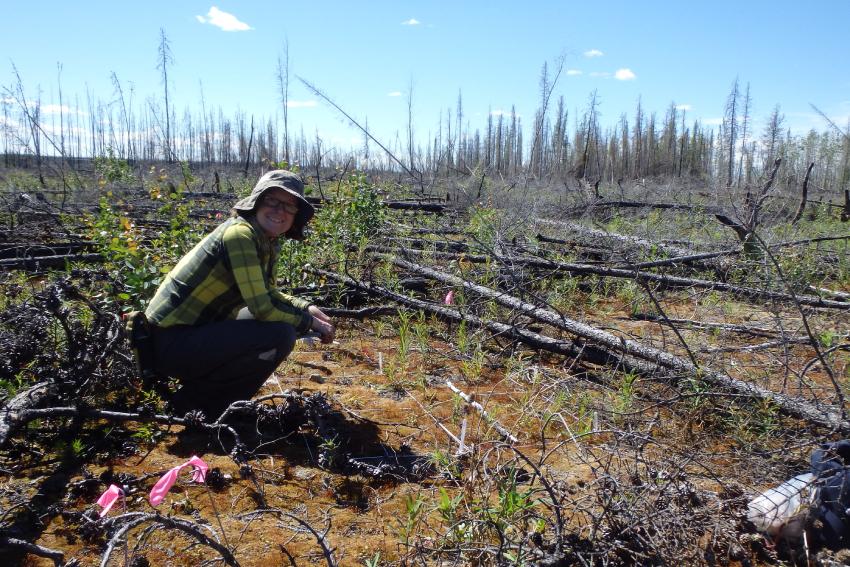Climate change report on Nature cover

Climate change article by Rutherford Postdoctoral Fellow makes cover of Nature
AUT applied ecologist Dr Nicola Day has published paper in Nature which features on the cover.
The article discusses how carbon, stored in forest soils for hundreds of years, might be released into the atmosphere as global warming increases the frequency of wildfires.
Dr Day,who started in the School of Science this month as a Rutherford Postdoctoral Fellow, will look at long-term changes in tussock grasslands in the South Island and the effect of fire on plants and soil. This is important because these areas are expected to experience increased fire activity with climate change, and we are unsure of the implications for New Zealand’s native biodiversity.
She has come from Wilfrid Laurier University, Canada where among other things, she helped design field sampling, collected field data and samples, discussed statistical approaches to data analysis and co-wrote the Nature article.
Specifically it focuses on boreal forests which are found in high-latitude, sub-Arctic environments where freezing temperatures occur for six to eight months.
Boreal fires are key players in the global carbon cycle, because they store 30-40% of land-based carbon. They have been considered to be carbon sinks, mainly because they accumulate large amounts of carbon in the form of deep organic soils.
Their net carbon balance is driven by natural wildfires which produce large carbon emissions about every 70 to 200 years and are necessary to maintain the productivity and biodiversity of trees. But climate change is likely to shorten the period between fires due to warmer temperatures, drier conditions, more lightning strikes and longer wildfire seasons.
Dr Day and her colleagues show that the increase in fire frequency might turn boreal forests from carbon sinks into carbon sources.